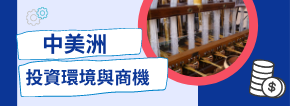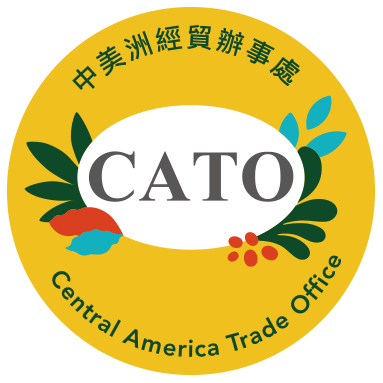Taiwan team makes muscle from onion skin
2015-05-11
A research team from National Taiwan University has successfully created artificial muscle using onion epidermal cells capable of bending, contracting and extending in response to different voltages.
Published in the May 4 issue of U.S.-based Applied Physics Letters, the team’s findings received wide media coverage in such top-flight publications as The Independent in the U.K. and Los Angeles Times, as well as Smithsonian and Time magazines.
Lead author Chen Chien-chun, a doctorate holder from NTU Institute of Applied Mechanics, said existing artificial muscle is mostly made of macromolecules or shape memory alloys that are costly and difficult to produce. “While such soft actuators can either bend, contract or elongate, none can accomplish all three actions.”
Chen’s hunch concerning the suitability of onion cells for muscle production was based on experiences studying the vegetable’s cell structure under a microscope during high school. Collaborating with researchers from NTU Department of Mechanical Engineering, he took a layer of cells just below the dry outer skin of an onion and freeze-dried the material for 24 hours to remove all water.
As the process makes the cells stiff and brittle, Chen applied an acid pretreatment to maintain natural elasticity. He then coated them in gold to achieve conductivity.
“We found that the cells’ single-layered, latticed microstructure became elastic and could deflect in opposing directions, while either contracting or elongating,” Chen said.
Although maximum displacement of the artificial muscle is just a millimeter, Chen said the team demonstrated this was enough to grip a cotton thread weighing 0.1 milligram.
“Such a development opens the door for the use of natural structures in engineering, as plant epidermal cells are cheap and easy to obtain and pose no threat to the environment.”
But Chen cautions there is still a long way to go before his research can be commercialized. “The next challenge is to increase maximum displacement and output force, so actuators can be used to develop assistive medical or robots.”
Source: Taiwan Today (http://taiwantoday.tw/ct.asp?xItem=230178&ctNode=413)











